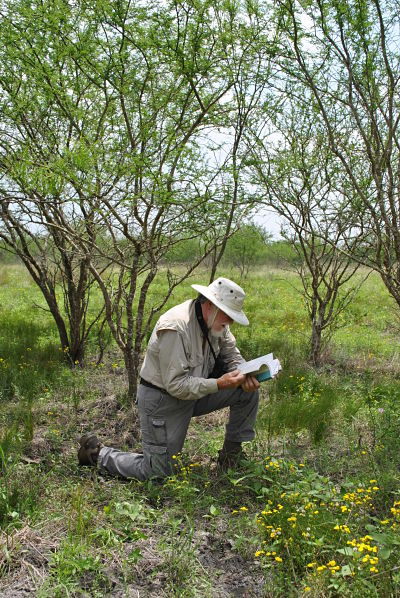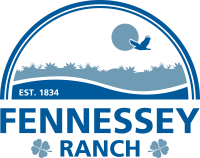 Monitoring programs enhance management decisions that improve the conservation value of the Ranch.
Monitoring programs enhance management decisions that improve the conservation value of the Ranch.
Wildlife Monitoring on the Ranch provides an estimation of species diversity, species numbers, annual population trends, population density, age structure, or sex ratio using accepted survey techniques. Regular, periodic counts of nongame wildlife species are also used to enhance management or increase knowledge of local, regional or state status. This practice includes developing checklists of wildlife diversity for the property and utilizing national online databases.
Vegetation Monitoring includes observations of percent cover (trees, shrubs and grasses/forbs), soil type and species present. These observations allow staff to monitor short-term variability and long-term changes in the vegetative communities of the Ranch, and it also serves to determine species diversity and presence of invasive species.
Hydrology: Annual monitoring of both groundwater wells and the Mission River are conducted to assess groundwater conditions and connection with surface flows. Flow rate and water quality attributes such as salinity, temperature, pH, nutrients, and bacteria help determine current conditions. The Ranch has also provided opportunities for researchers to understand the impacts of flood or drought events on vegetation and wildlife.
Research
Fennessey Ranch provides valuable opportunities for conducting research on a variety of topics, including habitat mapping, water quality and quantity, restoration science, and ecosystem services. Interested researchers may contact Katie Swanson, Stewardship Coordinator.
Research needs include:
- Impacts of oil and exploration on groundwater, habitat usage and invasive species expansion
- Riparian habitat research
- Wetland migration – salt marsh expansion to upland habitats
- Post-hurricane recovery – wildlife, vegetation and ecological
- Monitoring water quality in the Mission River – nutrient concentration, flow and nutrient loading to Copano Bay, and chlorophyll/algal biomass
- Fish and invertebrate biodiversity
